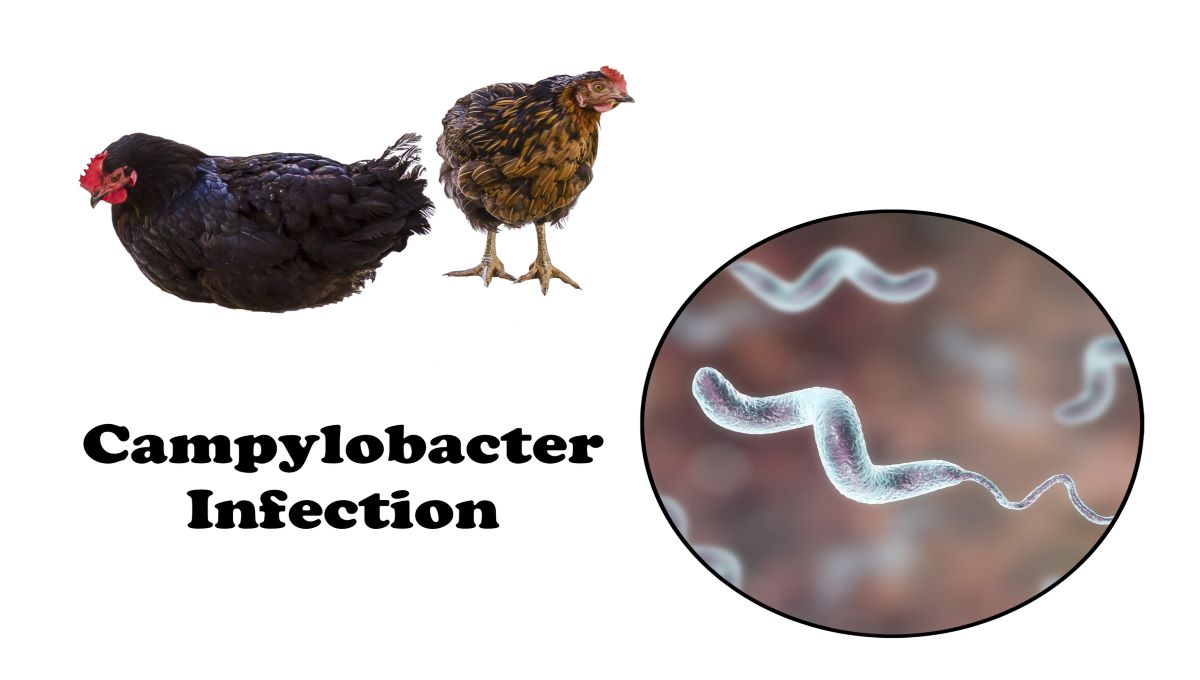Modelling of Campylobacter in Sweden has indicated a 2-week time lag between human cases and broiler prevalence.
This suggests that the broiler prevalence two weeks earlier can partly explain domestic Campylobacter infections with transmission via handling and consumption of fresh chicken meat.
However, there is no simple relationship between prevalence in chickens bred for meat and patients. Additional factors also need to be evaluated to understand the transmission routes and epidemiology of campylobacteriosis, said the study published in the International Journal of Food Microbiology.
The research explored the relationship between the proportion of Campylobacter positive broiler batches and the number of reported domestic human cases in Sweden.
Scientists applied two approaches for analyzing time series data using weekly, bi-weekly or monthly data of human campylobacteriosis cases and prevalence of Campylobacter in broiler slaughter batches in Sweden between 2009 and 2019. Both data sets revealed a clear seasonality and a variation between years.
One model showed a close overlap in seasonal patterns in terms of timing and the proportional change of peaks from normal yearly levels.
Swedish situation
In Sweden, slaughter of broilers is concentrated to a few slaughterhouses and the four largest cover 97.2 percent of all birds slaughtered. Increased demand has led to changes in production such as the introduction of thinning, shorter empty periods between rounds of broiler batches in primary production, and slaughtering during several shifts at the slaughterhouse.
The annual prevalence of Campylobacter in sampled slaughter batches has ranged between 2009 and 2019 from 5 to 15 percent, but there is seasonal variation with the highest rates in late summer and lowest during the winter months. There is also a wide variation in prevalence in batches from different producers, from virtually never to up to 30 percent of flocks.
An analysis was also done for a subset of the data not covering 2014 to 2018, when several national outbreaks occurred.
The inability of either model to capture and predict the extended period with a high number of cases during 2016–2017 indicates that increased broiler prevalence alone cannot explain the rise in human cases. These findings highlight the need for data of Campylobacter in broiler meat, and genomic comparisons between isolates from humans and broilers, said researchers.
It is reasonable to expect a lag between broiler prevalence at slaughter and identification of human cases given the time between sampling of slaughter batches, the time meat is on display at retail, the shelf life of fresh broiler meat, the incubation period for Campylobacter infections and the time between onset of illness and visiting a physician.
The sampling date of broilers is in most cases the same day as slaughter, poultry products reach the retail market three to four days later, and the shelf life of fresh meat is about 10 to 11 days after slaughter.
Assuming fresh broiler meat is consumed on average seven days after slaughter, that the incubation period range is 1 to 10 days with a median of three days and the median time between onset of disease and testing is four days, this would result in a median two week lag between sampling of broiler batches and human cases, which is in agreement with the study’s results.
(To sign up for a free subscription to Food Safety News, click here.)

